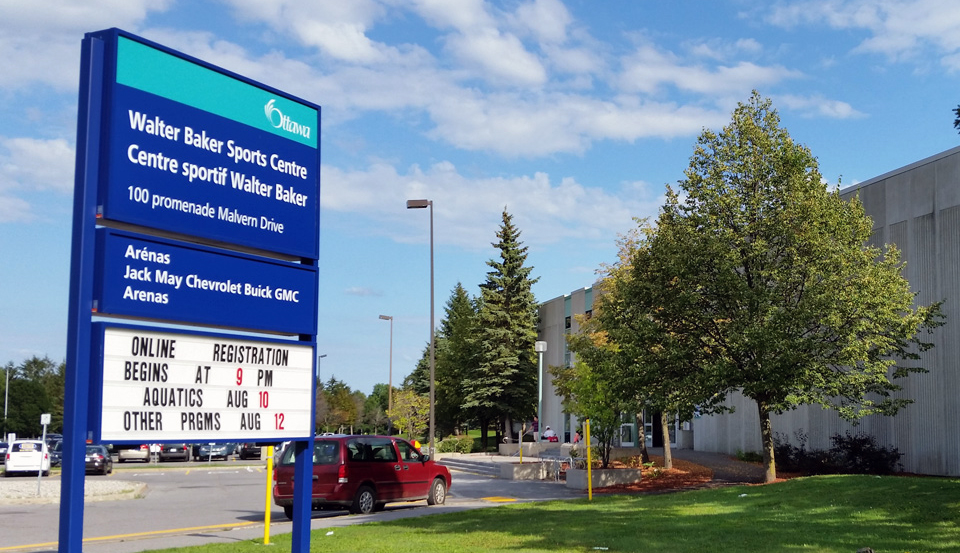
Nearly all electricity in Eastern Ontario is generated from zero-emission clean energy making possible the movement away from fossil fuels for heating and cooling buildings. As more and more institutions and businesses make commitments to minimize their carbon footprint, many are considering upgrading to dual fuel heating systems as a means of helping to achieve their sustainability goals.
What is Dual Fuel?
A dual fuel system is an energy efficient way to heat space. It involves the pairing of two heating systems to help maximize energy efficiency, reduce operating costs, and reduce carbon emissions.
The core technology behind most dual fuel systems is a heat pump powered by electricity, coupled with a fossil fuel backup heat source. Shawn Moore, Envari’s Energy Services Engineer, explains that “with a heat pump, you can put one unit of energy in and get up to five units of energy out, making it an economical option to offset natural gas heating.”
A common application for a dual fuel system is for replacing commercial rooftop air-handling units. In this scenario, the standard air conditioning unit is replaced with a heat pump unit which is paired with a secondary heating source, like a gas burner. Since a heat pump runs more efficiently at higher outdoor air temperatures, the system defaults to heat pump heating on hot days. On the other hand, natural gas burners can handle large heating loads, so the dual fuel system uses natural gas during cold days, when temperatures are low. By automatically switching between two fuels, a dual fuel system capitalizes on the benefits of both fuel sources while avoiding the drawbacks of each.
A different kind of dual fuel at Walter Baker Sports Centre
Large-scale dual fuel systems, on the other hand, are more complex and often require other forms of electrically fueled heating systems.
As an example, Envari’s team recently worked with the City of Ottawa to develop a feasibility study and upgrade at the City of Ottawa’s Walter Baker Sports Arena, where a dual fuel system was recommended as a solution to help meet their hydronic heating needs and support their commitment to energy conservation. Due to site requirements of their facility’s designation as a Class A electricity consumer, rather than using heat pumps, the proposed solution included pairing electric boilers with existing natural gas boilers.

“The City of Ottawa is committed to improving energy management and has made it a key component of its operations at the Walter Baker Sports Centre,” says Mike Fletcher, Project Manager at the City of Ottawa. “The addition of electric boilers addressed our year-round interest in cost effective electrically fueled heating and supports the City’s transition towards being a clean, renewable and resilient city.”
Envari’s Shawn Moore explains that, “the existing gas boilers provide sufficient heating to a hydronic loop that’s used to heat spaces in addition to heating three different pools and providing domestic hot water. Because of these parameters, we installed two 150 kilowatt electric boilers in parallel with the existing gas system”.
Since the Walter Baker Sports Centre is a Class A electricity consumer, a City server and the local building automation system were programmed to extract the Hourly Ontario Energy Price, also known as HOEP, and compare it against a fixed natural gas rate . With that, the electric boilers were designed to only operate when the hourly electric price drops and it makes economic sense. When the hourly electricity price moves above an established threshold, the electric boilers shut down and the system relies solely on the more cost-effective natural gas system, which is in place.
“By leveraging low hourly electricity prices whenever they occur, we benefit from energy costs savings,” City of Ottawa’s Mike Fletcher, adds. “This dual fuel system has been very effective at supplying a significant amount of thermal energy to the building while decreasing the use of more carbon-intensive gas-generated heating.”
As a result, the dual-fuel system has an estimated greenhouse gas emissions reduction of 160 Tons of CO2e.
Is a dual fuel system right for your building?
At Envari, we have a proven track record for helping businesses achieve their energy efficiency goals. Our affiliation with Hydro Ottawa, combined with years of experience in the distribution and design of green energy solutions, positions us as an ideal partner for future-proofing your building.
Learn more by visiting our energy audits and assessment services web page.
Did you like this article? If so, subscribe to Envari’s quarterly newsletter The Energy Advisor. It features emerging trends and best practices in the energy sector, and keeps you up-to-date on new and innovative energy solutions.
